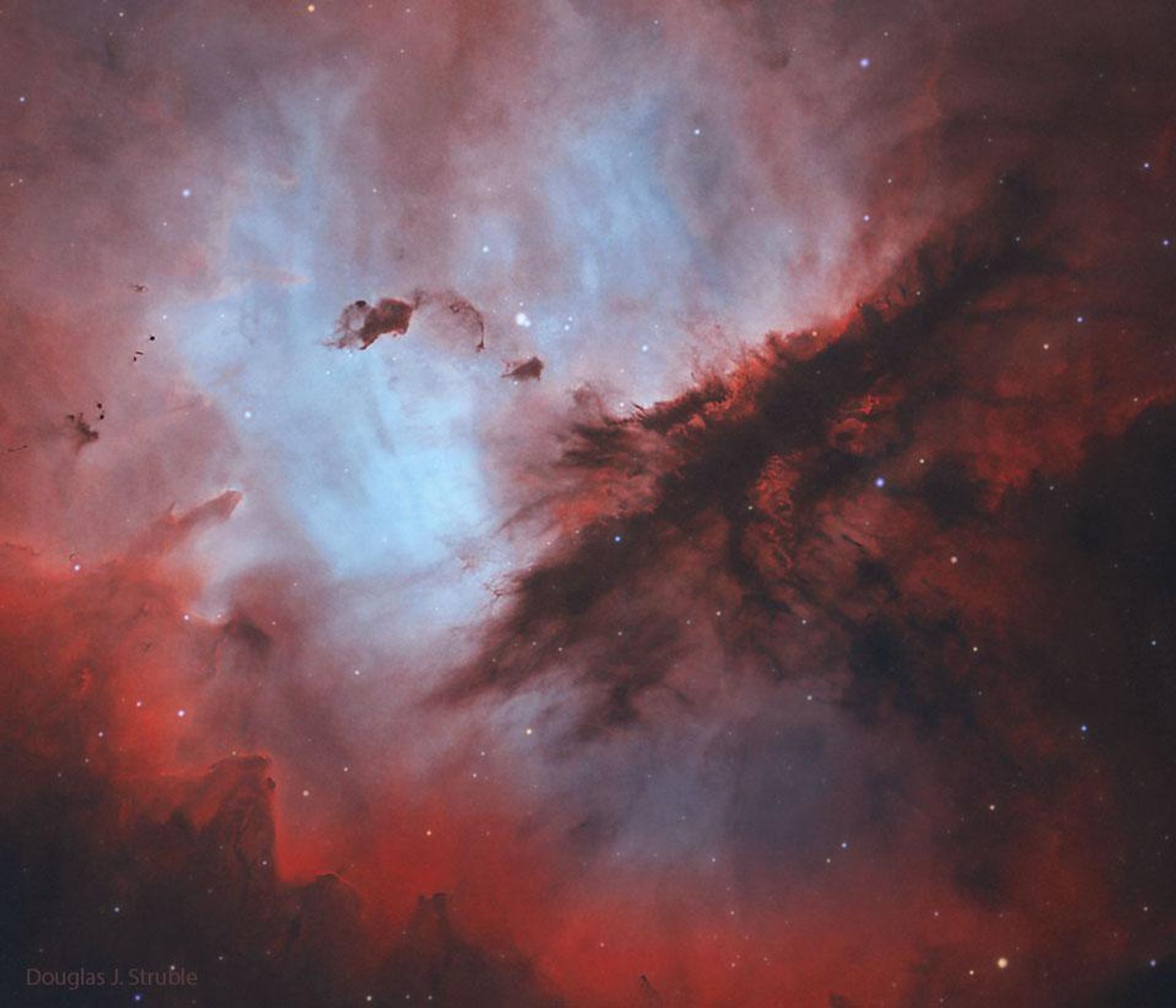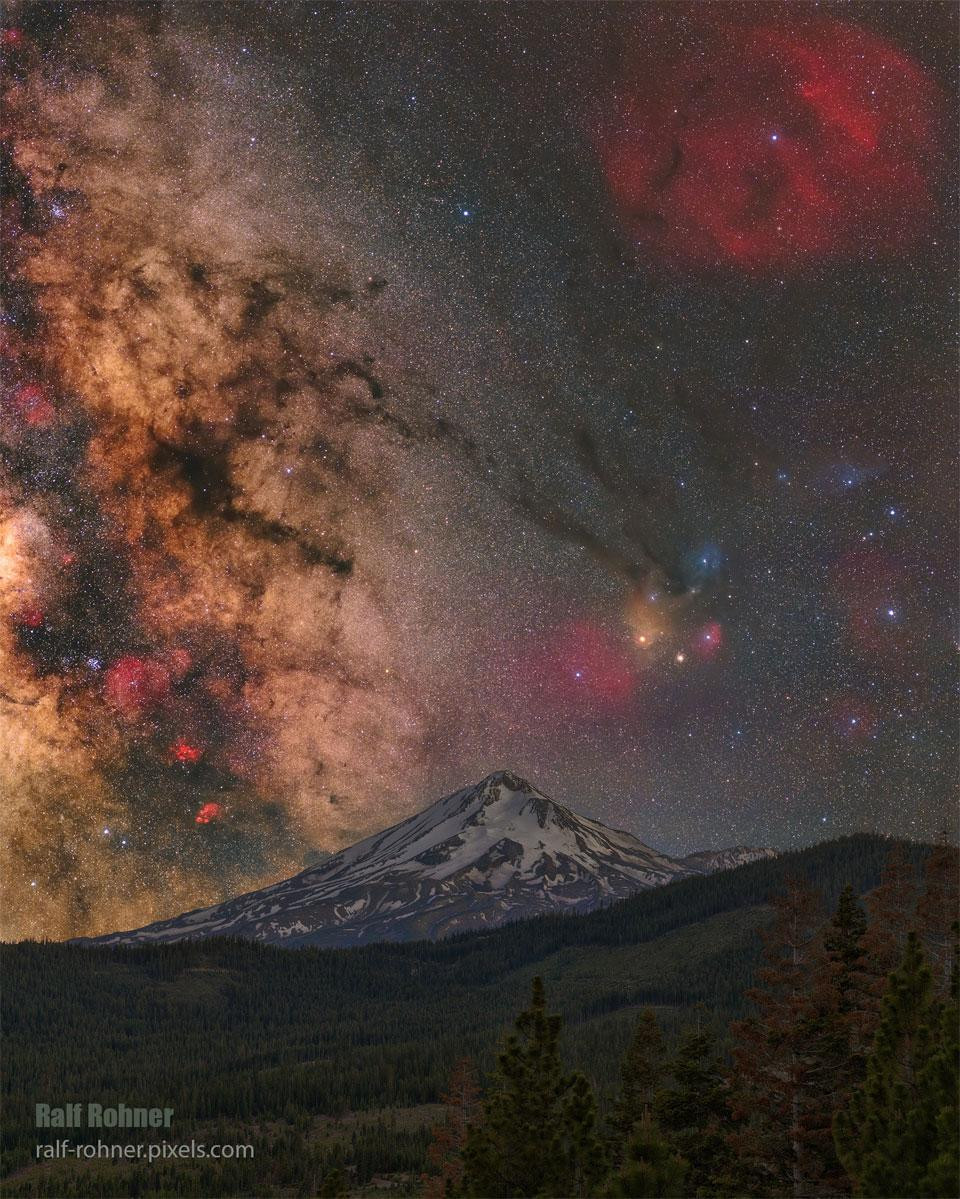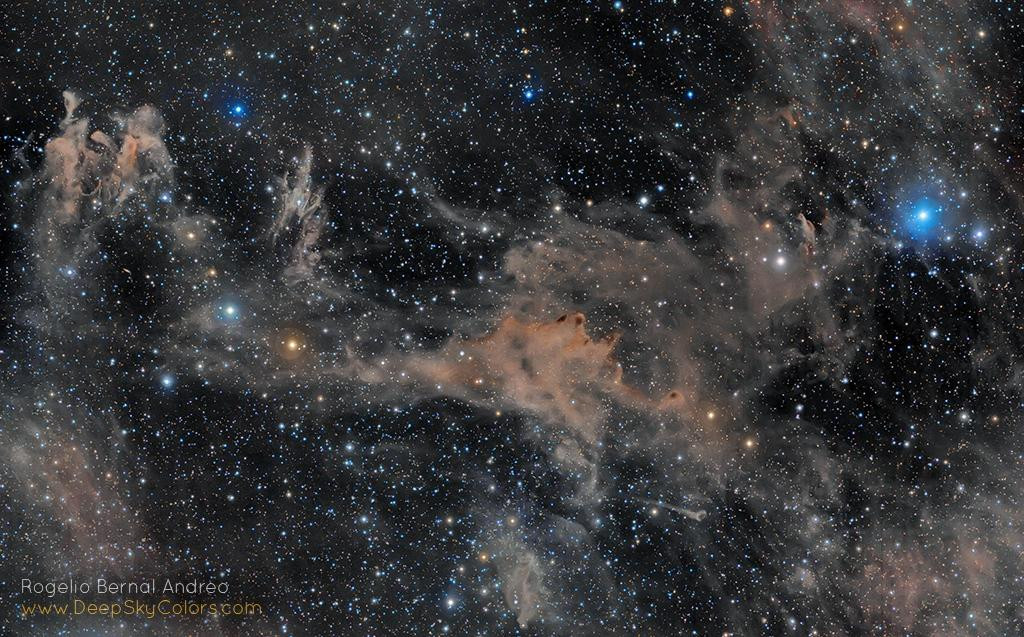IFN and the NGC 7771 Group Source: https://apod.nasa.gov/apod/ap240831.html #GC7771 #galaygroup #galaxyinteaction #galaxmerger #egasus #eepsky #astrophotgraphy#space #asronomy cosmos #uiverse #integratedfluxebule #IFN #galacticirrus #spiragalaxy #edgeospiral #faceonspiral
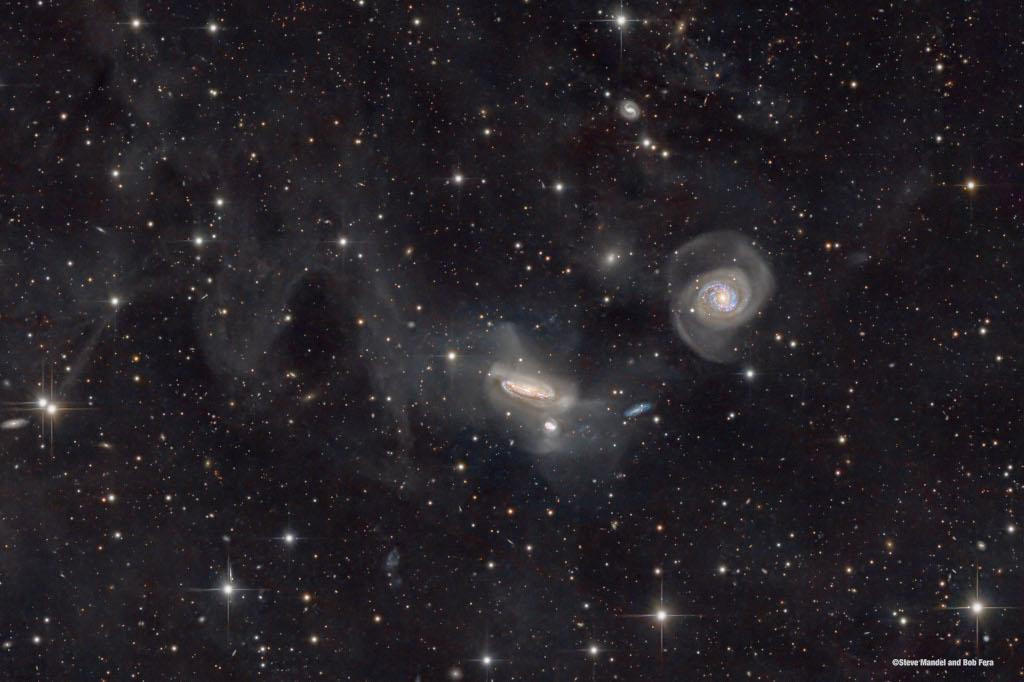
Trio Leo Source: https://apod.nasa.gov/apod/ap150509.html #Leoriplet #GC368 #M6 #M65 #SpiralGlaxies #GalayGroup #AstroPhotgraphy #eepSky #Astrophotgraphy#Space Cosmos #Uiverse #NghtSky #Stargazing

The Lagoon Nebula in Hydrogen, Sulfur, and Oxygen Source: https://apod.nasa.gov/apod/ap160105.html #LagooNebla #M8 #GC6523 Nebula #StarFomation #Sagitarius #AstroPhotgraphy#Space Cosmos #Asronomy #DeepSky
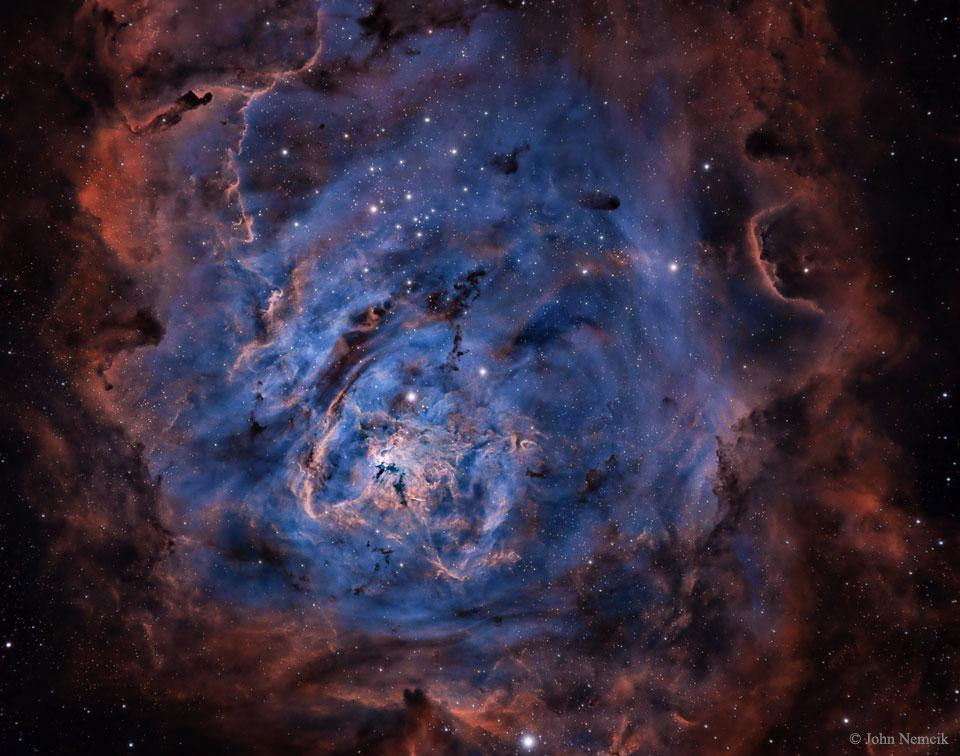
Sagittarius Triplet Source: https://apod.nasa.gov/apod/ap060614.html #astrophotgraphy nebula#space #asronomy #mlkyway #sagitarus #8 #m20 #gc6559 #lagoonebula #trifinebula #stellarursery #eepsky cosmic #starynight #spacephotgraphy #universe
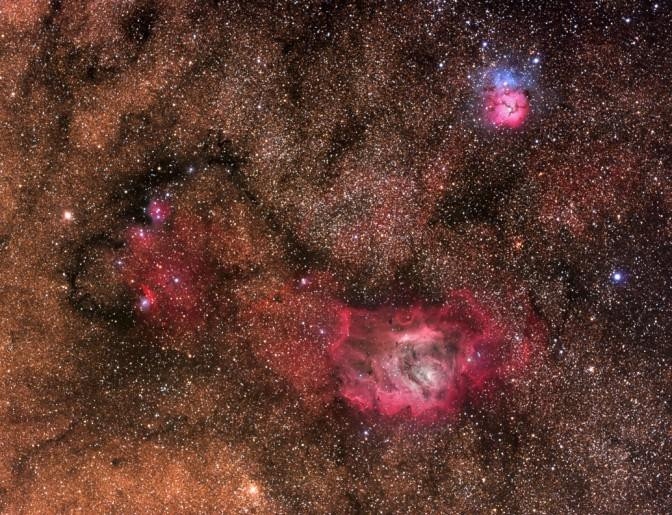
Dust Clouds of the Pacman Nebula Source: https://apod.nasa.gov/apod/ap220810.html #space #asronomy nebula#stars #starfomation #interstelardust #emissionebula #openluster IC1590 NGC281 #PacmaNebula #Boklobule #Casiopeia #comicart #eepsky #spacephotography
